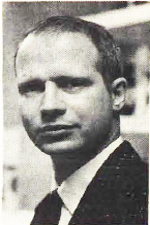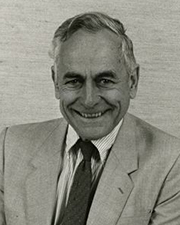
The department had its true beginnings in 1910 as a result of the Flexner Report, which called for a complete overhaul of medical education in the U.S. The Flexner report challenged American medical schools to set higher admission and graduation standards and to adhere strictly to the protocols of mainstream science in their teaching and research. Initially established as the Department of Physiology in 1910, we evolved to become the Department of Physiology and Biophysics and finally in 1984 to the Department of Cell Biology and Physiology. The department’s centennial celebration in 2011 paid tribute to this history.
In response to this report, Joseph Erlanger was recruited to Washington University, where he served as Head of the Department of Physiology for 35 years until his retirement in 1946. Erlanger, together with his former student, Herbert Spencer Gasser, won the Nobel Prize in Medicine in 1944 for the introduction of the oscilloscope to study electrical activity in the nerve, a technical breakthrough that led ultimately to the measurement of ionic currents and the mechanism of action potential. The department hosts a yearly Erlanger-Gasser Lecture as an opportunity to honor these two pioneering scientists and to bring in luminaries in biomedical science to describe their achievements to a wide audience from around the medical school.
The name of the department changed to the Department of Physiology and Biophysics under the leadership of Harvey White (1947-1964), John Josse (1964-1966) and Carlton C. Hunt (1967-1983). Since Philip Stahl’s tenure (1984-2011), we have been known as the Department of Cell Biology and Physiology. Following Helen Piwnica-Worms tenure (2011-2013), Robert Mecham assumed the position of interim department head on February 20, 2013. David Piston was named the new head of the department effective January 1, 2015.

1910 – 1946

1947 – 1964

1964 – 1966

1967 – 1983

1984 – 2011

2011 – 2012

2013 – 2014

2015 – present